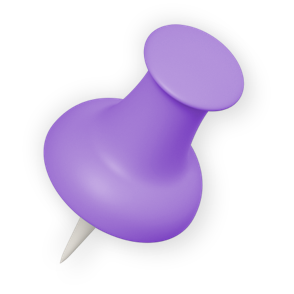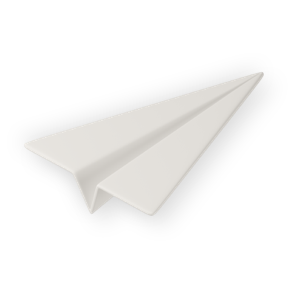Ceramics designer or maker
Design and produce practical and decorative items like cups, plates, bowls and tiles for people to use and admire.
Also known as: potter, ceramicist

About the job
Salary
Source: LMI for All
Weekly
£480
Average
Monthly
£2,080
Average
Yearly
£24,960
Average
1,700
people are currently employed
Low growth
No change in number of jobs in 5 years
These figures refer to this job and similar ones with comparable skills and qualifications. They only apply to Scotland. Source: Oxford Economics
What it's like
You would design and produce practical goods like cups, plates, bowls and other items made of clay for people to use.
You’d come up with ideas for kitchenware, tableware, tiles and decorative items which people will find attractive as well as useful.
You would need to be able to explain ideas through sketches or computer images. You will also need to have good communication skills.
If you work for a large company you might work with clients who will commission your company to produce goods for them. You’d use materials including bone china, hard porcelain, earthenware and stoneware.
You would interpret the product requirements, called 'briefs', and create designs that the company can mass produce. You might also oversee the production, although increasingly this now happens abroad.
As a self-employed designer-maker you would design one-off items or create just a few copies of each design. You might make the items yourself by hand or using a mould or potter's wheel. You’d also decorate them yourself with paint and glazes and fire them in a kiln.
You’d sell your creations:
From your own studio, gallery or shop
At craft fairs or exhibitions
Through other shops or galleries
You’d need to make sure that your products are likely to appeal to the public. You’d keep up to date with trends by carrying out research and attending trade fairs and exhibitions.

Hours

Environment

Travel
Explore more information about this job
Here are some useful links to learn more about this career:
Like the sound of this career?
Browse courses in Scotland related to 'Ceramics designer or maker'
Select qualification level(s)
Other careers that you might like
Glassmaker
Related industries
Many jobs can be done in lots of different industries. We've highlighted the ones we think are most important for this job.
Creative
Top skills
Skills are things you're good at. Whether you know what yours are or not, everyone has them!
It's useful to learn which ones are important in a job so you know the areas you need to brush up on. It can also help you work out if you're suited to a career.
Here are some of the skills you'll need to do this job:
- negotiating
- self esteem
- attention to detail
- innovative
- designing
- creative
- building relationships

Your skills are important
Our unique skillsets are what make us stand out from the crowd. Learn about each skill in depth and discover what employers look for in your applications and interviews.
Getting in
Explore the sections shown for more information about getting into this career.
You might have qualifications which are not shown here but will allow you access to a course. You can compare your qualifications by looking at their SCQF Level. For more information about this, check out the SCQF website.
Always contact the college, university or training provider to check exactly what you'll need.
Colleges and universities will list subjects you'll need for entry to a course. Some useful subjects include:
Art and Design
Art and Design (Design)
Design and Manufacture
Design and Technology
Practical Craft Skills
Skills for Work: Creative Industries
There are no formal qualifications required to enter this role but most people have a qualification in art and design, specialising in ceramic art or 3D craft design.
To enter a 3D design Higher National Diploma (SCQF level 8) requires National 4/5 qualifications and two Highers.
To enter a degree (SCFQ level 9/10) requires National 5 qualifications and a minimum of three Highers at BBC. Most courses ask for a portfolio of your work.
There are currently no specific ceramics degree courses in Scotland; entry to other UK courses will usually require Highers, Advanced Highers or a relevant HNC/HND and a portfolio.
Gray's School of Art at Robert Gordon University offers a degree course in Three Dimensional Design. Entry requirements are three Highers at BBC including English and Art and Design.
You normally need good eyesight and normal colour vision.
Explore over 22,000 courses in Scotland
Find the perfect course to boost your career.
